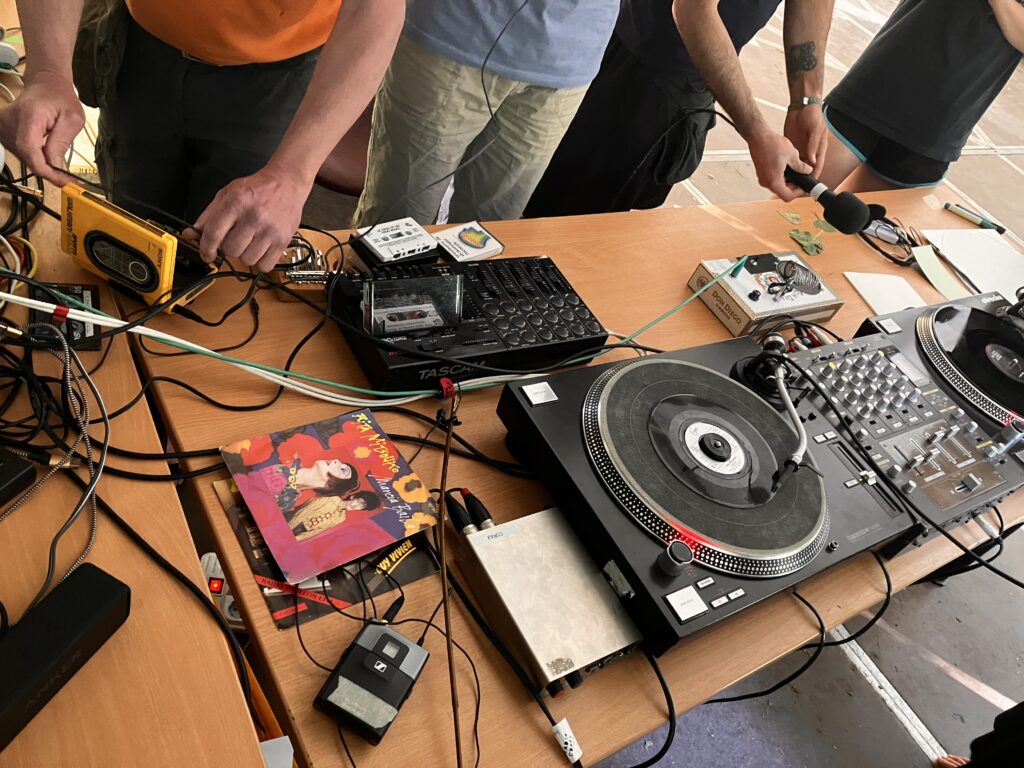WGXC-90.7 FM


Radia: Christopher DeLaurenti, "Subaudible Phonography from the Archives of Christopher DeLaurenti" (Wave Farm); Gérald Wang and Sebastian Dingens, "The revolution will not be digitalized" (Radio Campus)
90.7-FM in NY's Upper Hudson Valley and wgxc.org/listen everywhere
http://www.wgxc.org/
wavefarm.org/listen and 1620-AM at Wave Farm
https://audio.wavefarm.org/transmissionarts.mp3
Produced by a different "Radia" station each week.
This week's "Radia" includes a re-airing of Wave Farm's December 26, 2019 "Radia"—Christopher DeLaurenti's "Subaudible Phonography from the Archives of Christopher DeLaurenti"—as well as current "Radia" show 1011, "The revolution will not be digitalized" by Gérald Wang and Sebastian Dingens.
Guest artist Christopher DeLaurenti writes, "Phonography has been sometimes been defined as “creative field recording,” taking and placing microphones out into the world in unusual ways and unexpected places. In this program phonographer Christopher DeLaurenti presents several specimens of subaudible phonography - field recordings from outside the realm of human hearing.This program features four examples. “Below the written pitches of Brian Ferneyhough’s ‘Superscriptio’ for solo piccolo” spectrally extracts sound beneath the written pitches of Brian Ferneyhough’s “Superscriptio” to reveal recording anomalies, latent undertones, and mechanical noises. It’s akin to hearing the piece through a hydrophone.
In “Silences normalized from the complete organ works of Olivier Messiaen (part 1)” I amplified room tone to reveal the inner workings of an organ and its environment, including residual tones, traffic, stray speech, and tiny electrical anomalies.
The third example is an odd specimen of radio transmission—a rarity for its length and depth of activity: “Open Carrier, Citywide One Manhattan.” In the United States, an “open carrier” is police parlance for a radio that has been inadvertently left on in Talk/Transmit mode. An open carrier stalls and paralyses broadcast traffic, leaving so-called “dead air” to reveal sudden gaps, smudges of hiss, gently swaying drones, beeping alerts, fragmented words, quick phrases, recessed conversations, and other unexpected artifacts. It’s like butt-dialing everyone who is listening to the radio. I recorded this example by accident in 2004 during the protest against then-president George W. Bush and the Republican National Convention in New York.
The final example is an excerpt from “of silences intemporally sung: Luigi Nono’s Fragmente-Stille, an Diotima.” Here, I have inverted Nono’s only string quartet by muting the audible passages played by a string quartet. Then I elevated room tone, discreet ambiance, and other assumed silences above the threshold of audibility. You will hear on-the-fly tunings, annunciatory gasps, hurried breaths, sul ponticello bowings, and creaking chairs; these eruptions and outcries fuse with flickers of ambient sound. You might also hear artifacts of the recording process, especially digital glitches and artificial echo."
Visit delaurenti.net for more about Christopher DeLaurenti and subaudible phonography.
Radia Show 1011: "The revolution will not be digitalized" by Gérald Wang and Sebastian Dingens (Radio Campus)
The tenth of may 2024 – Bodensee, a lake that separates Germany from Switzerland. Above the dark and still waters, the majestuaous aurora borealis is visible in all it’s splendour. At the shoreline of the same lake, just a few hours before the electromagnetic solar storm caressed the earth, sound artists Gérald Wang and Sebastian Dingens gave the workshop "The Revolution will not be digitalized," in which they returned to the roots of radio; analog technology, live creation, and electromagnetic communication.
In retrospect, the program sounds almost as a forecast of the upcoming events: With the use of any analog tools, we will explore the possibilities of the analog world, to make creative radio. From tape to vinyl, analog wireless transmission and echos from space. We will develop a setup, to perform together in a radio show. 25 radiopeople, professionals and amateurs, participated. What you are about to hear is the almost intact registration of the final presentation, recorded on tape.
The revolution will not be digitalized – Learn how not to use a computer for making creative radio In this world, computers are everywhere. It’s becoming very simple to broadcast from anywhere, using the tool everyone have in the pocket. But what if we try something else? With the use of any analog tools, we will enjoy the possibilities that offer the analog world to make creative radio. From tape to vinyl, to analog wireless transmission and echo from space. We will develop a setup, to perform together in a radio show.
Each week one member of the Radia Network produces a show for all the others. The Radia Network emerged from a series of meetings, clandestine events, late-night club discussions, and a lot of email exchanges between cultural radio producers across Europe. The topics vary and the reasons for forming a network are many, but Radia has become a concrete manifestation of the desire to use radio as an art form. The approaches differ, as do the local contexts; from commissioned radio art works to struggles for frequencies to copyright concerns, all the radios share the goal of an audio space where something different can happen. That different is also a form in the making – radio sounds different in each city, on each frequency. Taking radio as an art form, claiming that space for creative production in the mediascape and cracking apart the notion of radio is what Radia does.
It is producing radio stuff that is hard to describe. Some of it can be labeled radio art, or experimental radio, or creative radio. Sometimes it talks, sometimes it doesn’t. It can be noisy, or a kind of soundscape, or a documentary, a document, a talk, a performance. Each and every week, one of the partners will provide the network program, commissioned and produced especially for this purpose: being broadcast by all the partners and made available online.
Some things have to be said about all those partners. They are radio stations, of the independent, non-commercial, community, cultural species. They all speak different languages, and this should create interesting problems. Although initially they were all European radio stations this has changed over time and Radia has become not only larger but also more diverse: 17 partners in nine countries and growing all the time.
Radia Stations
* Campus Paris (Paris, FR)
* CFRC 101.9 FM (Kingston, CA)
* CKUT (Montréal, CA)
* JET FM (Nantes, FR)
* Kanal 103 (Skopje, MK)
* Orange 94.0 (Vienna, AT)
* Radio Campus (Brussels, BE)
* Radio Corax (Halle, DE)
* Radio Grenouille (Marseille, FR)
* Radio Helsinki (Graz, AT)
* Radio Nova (Oslo, NO)
* Radio One 91 FM (Dunedin, NZ)
* Radio Panik (Brussels, BE)
* Radio Papesse (Firenze, IT)
* Radio Student (Ljubljana, SI)
* radio x (Frankfurt/Main, DE)
* Rádio Zero (Lisboa, PT)
* RadioWORM (Rotterdam, NL)
* Reboot.fm (Berlin, DE)
* Resonance FM (London, UK)
* Soundart Radio (Dartington, UK)
* TEA FM (Zaragoza, ES)
* Wave Farm WGXC 90.7-FM (New York, USA)
* XL Air (Brussels, BE)
Affiliates
* Kunstradio (Vienna, AT)
More information at http://radia.fm
Playlist:
- Super Breath / Karen O
- Nono: Fragments - Stillness, For Diotima - for string quartet - Ricordi-Edition - Conclusion / LaSalle Quartet
- Locked Groove 028 / Julian Sartorius
- Bolo Na (feat. Moor Mother, Joel Ross) / Arooj Aftab



